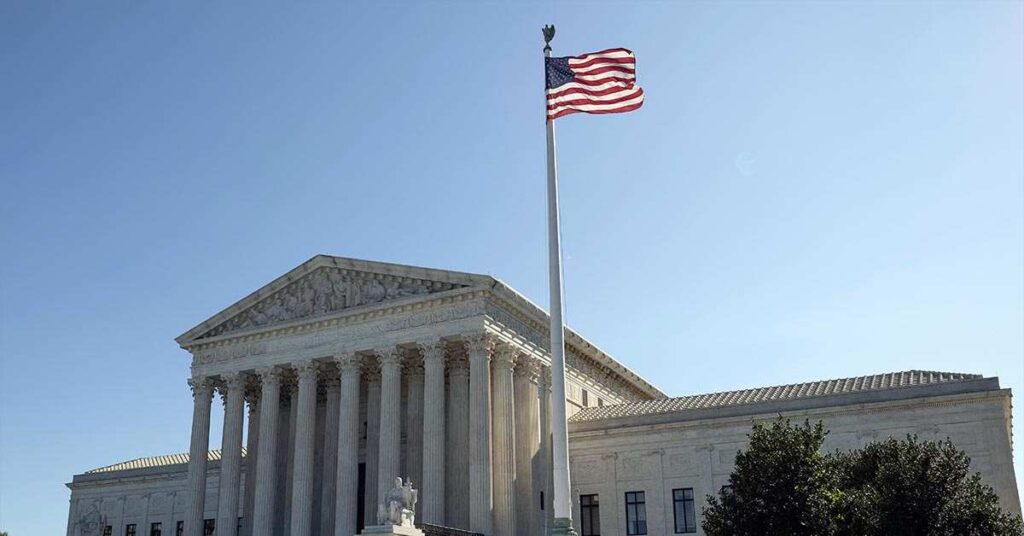
In a big move for federal policy, the US Supreme Court has ended the Chevron deference doctrine with a 6-3 decision in the case of Loper Bright v. Raimondo. Announced on Friday, this ruling will greatly affect the executive branch’s regulatory power and the balance of power among the three branches of government.
The Chevron deference, established in 1984, required federal courts to defer to regulatory agencies’ legal interpretations in challenges to regulations. This allowed agencies to expand their authority beyond the original intent of governing laws, leading to a major growth of the administrative state.
Justice Neil Gorsuch, in his concurring opinion, emphasized the doctrine’s impact, stating it “precludes courts from exercising the judicial power vested in them by Article III to say what the law is.” Removing Chevron deference is expected to make it harder for regulators to expand their authority and increase the chances of successful court challenges to existing regulations.
This decision comes at a critical time, as the Biden administration’s energy and climate policy agenda, which largely relies on the regulatory process, faces major challenges. The ruling might force a rethink of the entire strategy, potentially slowing down the energy transition and the implementation of climate policies.
The Supreme Court’s decision will likely affect the balance of power in the US government by reducing the executive branch’s regulatory power and restoring judicial oversight. As the country approaches the November elections, this ruling could have wide-reaching consequences for the future of public policy.


Comments are closed.